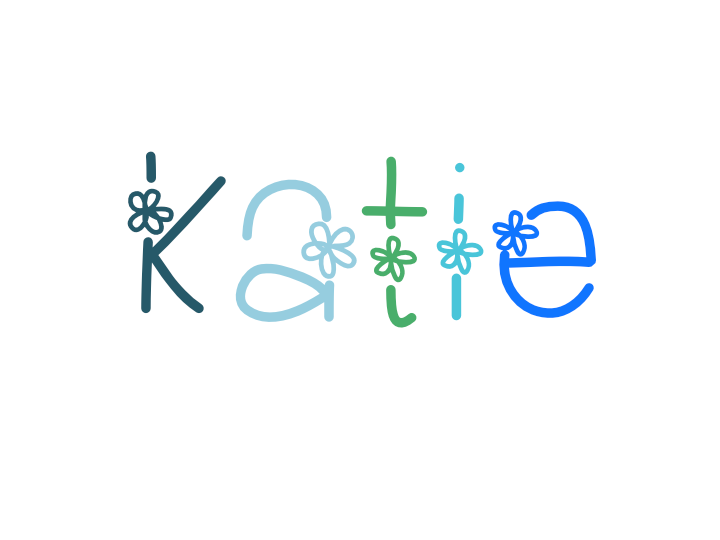Following this line of thinking, I have been doing lots of work this year around the combination of rigor and making learning fun. We know that in order to achieve mastery of a particular skill, students need repeated practice. And some skills require lots and lots and LOTS of repeated practice such as math facts or vocabulary development for instance. (I still remember as a third grader myself my 7s times tables were the ones that got me, I had to practice those babies probably a ZILLION times!) As teachers, we also know that some students require extra practice in comparison to others to learn certain skills. Thus, I have been looking at ways to provide that practice in ways that are meaningful and fun because in an ideal classroom, both should go hand-in-hand.
One skill that I have recently focused on for my "infusion of fun" if you will is summarizing. Summarizing is a reading comprehension skill that my second graders work on and develop literally all year long. This is a massive skill that quite simply takes hours, days, months, yes YEARS of practice. And so began my journey to find and create resources to make this repeated practice both rigorous and fun. Here are some things I found along my way...
"Follow the Yellow Brick Road", Retelling Rope, Sticky Note Summaries, Roll & Retell, Five Finger Retell Glove, Summarizing Foldables to name a few. (P.S. If you haven't noticed yet, click on each one to be taken directly to the resource!)
Inspired by all this fun out there, I have made an entire PACK OF FUN devoted to building reading comprehension skills that require repeated practice. The skills I focused on were: describing fictional story elements, supporting a main idea with details, using text evidence to identify character traits, asking and answering questions while reading, summarizing, developing vocabulary, confirming and adjusting predictions, making connections, and text analysis (specifically through the context of literature circles and book reports). I designed flipables for each skill perfect for student usage during whole group instruction, independently during reading workshop, in a small group with other students, or as part of an interactive notebook.
Here is an up-close and personal look at each flipable!
The story elements flipable has students describe and sketch a picture of each key fictional story element (characters, setting, problem, and solution).
The main idea and details flipable does just what it says--students determine the main idea and supporting details.
The character traits flipable has students use text evidence to determine character traits. The last page includes a menu of positive and negative character traits for students to chose from.
The asking and answering questions flipable has students use each key question word (Who, What, Where, When, Why, How) as a stem to formulate a question. Then, while reading, they answer it. To amp up the fun even more, have students complete just the asking portion of their flipable and then exchange with a peer or several to answer each other's questions.
The summarizing flipable walks students through the prompting words (Somebody, Wanted, But, So, Then) with clarifying questions to then write a summary paragraph.
The vocabulary development flipable can be used for any subject beyond reading (science, social studies, math!) to help students build a deep understanding of specific content words. Students write the word, identify the part of speech, write a definition, use the word in a sentence, create a list of synonyms and antonyms, and draw a picture.
The making predictions flipable has students make predictions while reading and then confirm or adjust those predictions as they keep reading.
The making connections flipable has students make text to self, text to text, and text to world connections while they read.
The literature circle flipable guides students through text analysis through the specific jobs of word wonderer, clever connector, literary luminary, amazing artist, and discussion director. The description of the job is written at the top of each page for quick reference.
The book report flipable has students describe the main character (both physically and internally with character traits), identify the setting, write a plot summary, determine the theme, design a book cover, and explore their personal thoughts by writing about their favorite part of the book as well as writing a recommendation.
I can't wait to unfold (no pun intended!) the fun when I introduce these to my students!













No comments:
Post a Comment